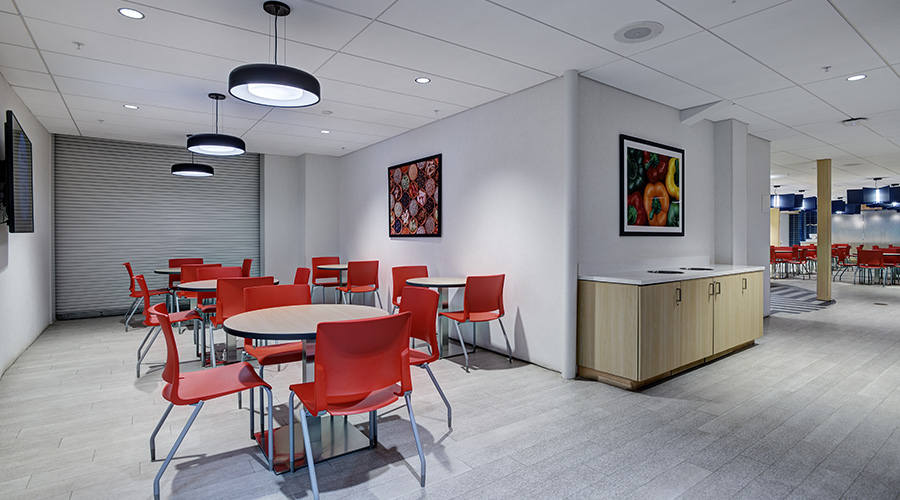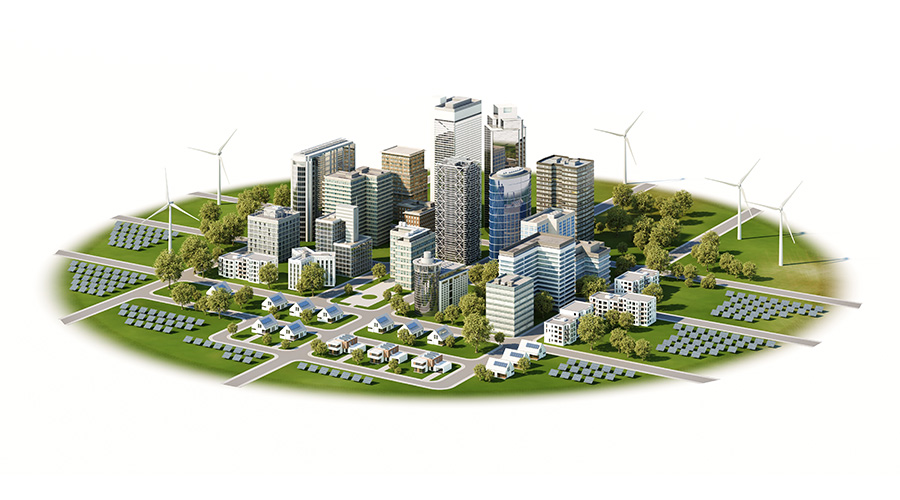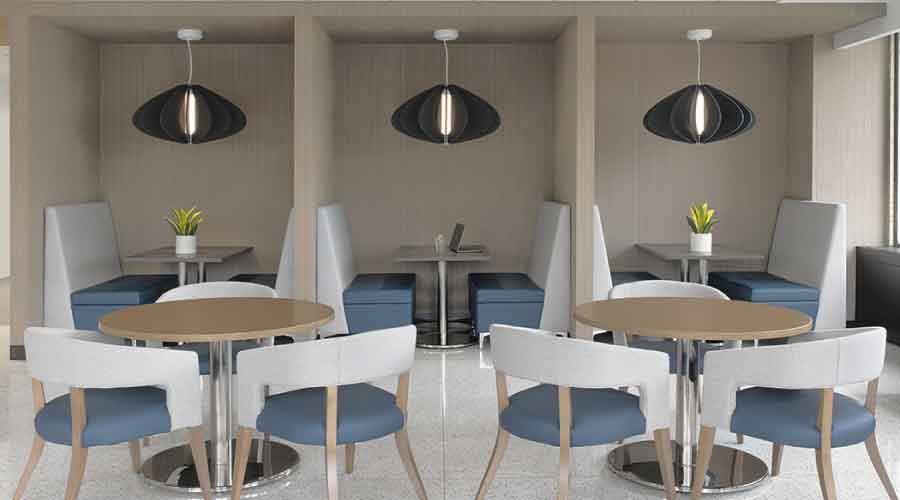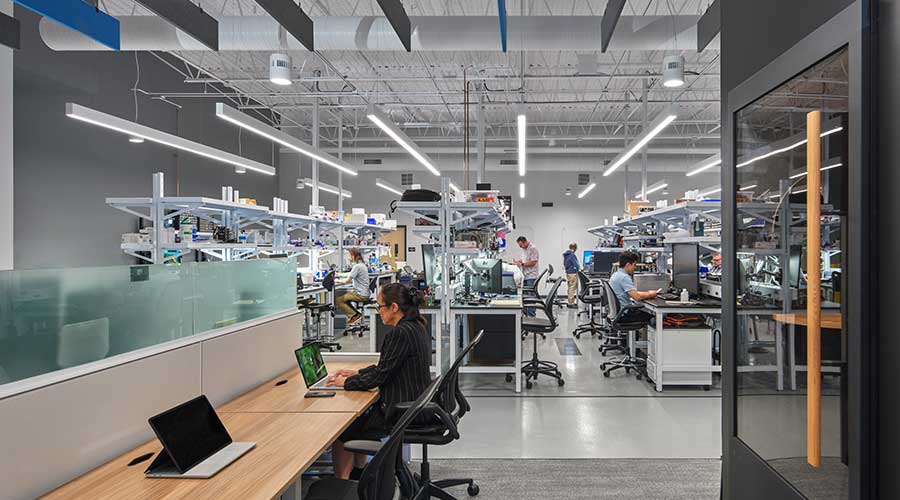Selecting The Right Building Helps Ease Design Of High-Performance Workplaces
Lesson #4: The building is a key to creating pride of place.
Another important aspect to designing a high-performance workplace: the choice of the right building. Things like amenities, column spacing, ratios for egress and plumbing fixtures, and even the quantity of outside air supply can shape good choices for the office-hunting process. The older building stock in desirable urban center areas isn't always perfectly aligned with contemporary tenant design strategies. This is where the true opportunity is, because unique challenges lead to unique design solutions.
Back to the American Red Cross. Site and building selection were key considerations to their mission. The building they purchased was originally constructed in 1921 as a multi-level parking garage. Throughout the years, the building has been used for retail, schools, and a church.
During the first visit to the site, the owner was inspired by the soaring open trusses, daylighting, massive windows and the beauty of the board-formed concrete walls. These things triggered the acquisition, because they knew that these characteristics would support a wide variety of space types, such as offices, open workspaces, huddle rooms with flexible furniture, and informal lounge spaces. These provide a rich array for staff to choose from for whatever task they are engaged in and have can adapt to new missions without rebuilding everything. Expansive windows give staff spectacular views of the vibrant Market Street neighborhood while providing the public with a view of the Red Cross's working process.
Building owners have the authority and the obligation to challenge the designer to explore a myriad of solutions — because ultimately, that will keep their facilities leased longer. Weed out the design firms that you don't see working with their clients to answer these increasingly important questions.
This new office design endeavor that we're all engaged in is a complex one. But the key lessons in identity, culture, and leadership are the right components to making it come together most successfully.
David Varner, AIA, LEED AP, brings over 30 years of design expertise to his role as workplace practice leader at SmithGroupJJR. His work includes base building construction, build-to-suits, and mixed-use projects, in addition to tenant workplace design. He can be reached at david.varner@smithgroupjjr.com.
Related Topics:














